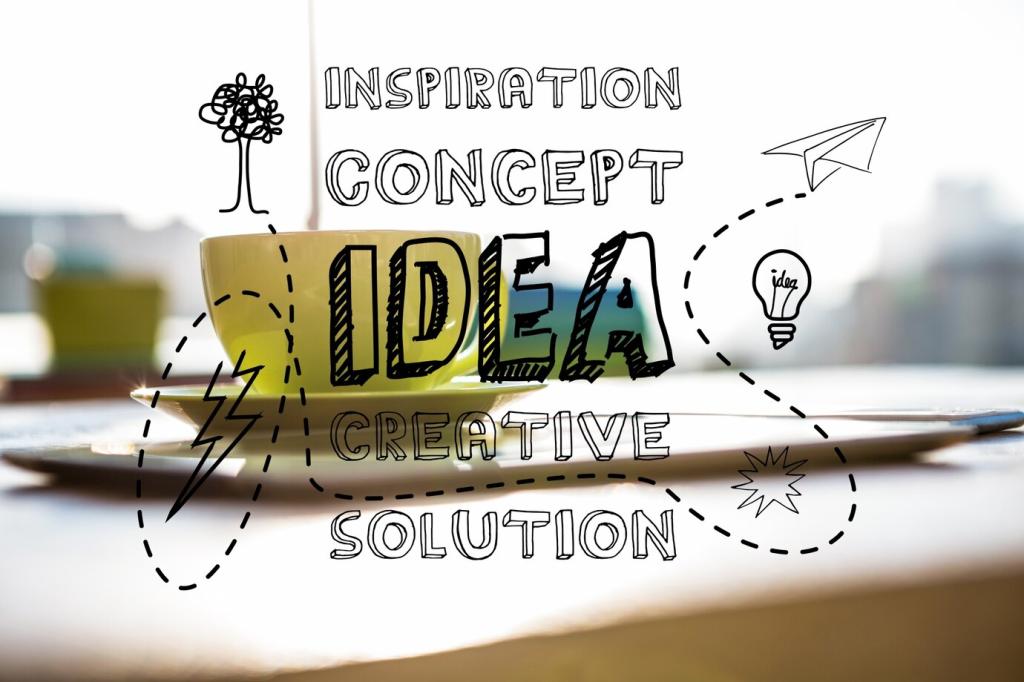Exterior Design: Merging Career Development with Artistic Expression
Chosen theme: Exterior Design: Merging Career Development with Artistic Expression. Step into a space where façades, plazas, and streetscapes become your canvas—and every professional milestone deepens your creative voice. Read on, join the conversation in the comments, and subscribe for fresh, artist-forward career insights.

Finding Your North Star
Clarify the impact you want your exteriors to have—calmer streets, energizing plazas, playful façades—and choose roles that align. A junior designer once told me their goal was shade that felt musical; that intention quietly guided every job decision they made.
Milestones That Matter
Target milestones that balance creativity and credibility: a small built installation, a juried façade competition, a LEED credential, or a pro bono streetscape pilot. Each step should showcase your artistic signature while proving you can deliver durable, maintainable, budget-conscious outcomes.
Turning Feedback into Fuel
Client critiques can feel like erasers over your sketchbook. Reframe them as co-authorship. Document patterns in feedback, iterate publicly, and explain your rationale. A well-framed response often converts a skeptical stakeholder into your most persistent advocate and future reference.
Building a Portfolio that Breathes Art and Strategy
Lead each project with a human story: a sun-baked courtyard needing shade that dances like leaves, or a school façade that whispers local history. When reviewers feel the narrative, they remember your work long after closing the tab.
Building a Portfolio that Breathes Art and Strategy
Show how ideas become constructible reality: sketch sequences, wind and daylight studies, mockups, value engineering notes, and final photos. That honesty signals maturity, revealing your ability to protect artistry while shepherding a design through costs, codes, and coordination.
Building a Portfolio that Breathes Art and Strategy
If you seek civic work, feature placemaking and community engagement artifacts. For boutique hospitality, emphasize tactile materials, night lighting, and arrival choreography. Tailoring your selection is not deception; it is the editorial craft serious designers practice every day.
Materials, Color, and Light as Career Signatures
Material Poetics with Performance
Pair expressive materials with clear performance logic: perforated metals that breathe, brick coursing that guides rain, charred wood that ages gracefully. A small waterfront canopy once landed a designer three interviews because the detailing diagram sang clarity and craft simultaneously.
Color Psychology in the Open Air
Exterior color must choreograph distance, weather, and context. Quiet hues soothe long façades; saturated accents guide movement and create landmarks. Test large swatches on-site. Neighbors once chose a twilight blue after dusk mockups proved unexpectedly calming for evening walkers.
Light, Shadow, and Time
Design for the day’s arc. Louvers that sharpen morning shadows can soften at dusk. Night lighting should reveal texture, not flatten it. A simple uplight under a vine-laden trellis transformed a courtyard into a nightly ritual space for nearby residents.
Site Stories: Context as Creative Partner
Listening Walks
Arrive early, walk slowly, and sketch textures you hear as much as see—drain grates humming, leaves tapping glass, bikes scraping curb paint. A designer once mapped morning bakery aromas to shade structures, creating micro plazas that truly felt like neighborhood extensions.
Community Co‑Creation
Host chalk charrettes, ask residents to annotate photos, and prototype with cardboard on the street. People who helped place a bench will gladly defend it later. Engagement is not decoration; it is how your artistic gesture becomes a community’s daily companion.
Climate Intelligence
Diagram sun, wind, and water early, then design artistry around those forces. A breezy corridor can become a cooling gallery of shadows. When performance drives expression, your projects age better—and your reputation grows alongside their enduring comfort.
Mentors, Networks, and Creative Alliances
Seek mentors who critique with empathy and fight for magic in meetings. One principal taught me to bring two cost options that preserved intent; that small tactic kept a kinetic façade alive through a brutal budget review.


Mentors, Networks, and Creative Alliances
Partner with landscape architects, artists, fabricators, and lighting designers early. Cross-pollination multiplies originality and feasibility. A welded art screen prototype developed with a metalworker became the project’s identity and a headline image that recruiters recognized instantly.
From Sketch to Façade: Tools That Liberate Expression
01
Analog to Digital Harmony
Start with pencil to catch mood, then test parametric patterns in Grasshopper, simulate daylight shifts, and annotate constructibility in BIM. The best workflows keep the hand’s warmth visible while satisfying coordinators who need clarity, quantities, and dependable documentation.
02
Prototyping in the Wild
Build quick mockups with contractors—zip ties, plywood, and clamps are enough. Real shadows and human scale reveal truths software misses. One midday test moved perforations by a hand’s width, saving glare complaints and elevating the façade’s rhythmic character.
03
Managing the Paper Trail
RFIs, submittals, and punch lists can protect your vision. Write with kindness and precision. Diagrams beat paragraphs. When your documentation sings, teams rally faster, costs behave better, and your art reaches the street intact and shareable.


Sustainable Expression that Advances Your Career
Choose details that age handsomely: ventilated rainscreens, repairable cladding modules, and shaded entries that welcome seasons. A small library façade earned awards five years later because its materials softened gracefully while maintenance stayed simple and affordable.
Sustainable Expression that Advances Your Career
Green is not just planting; it is patterns, textures, and refuge. Trellises, bird-friendly glass, and permeable edges can create living thresholds. A planter-bench hybrid became a social anchor, reducing litter and encouraging conversation after school every sunny afternoon.
